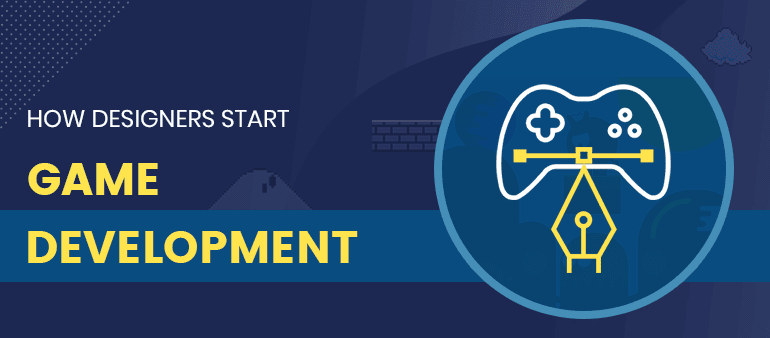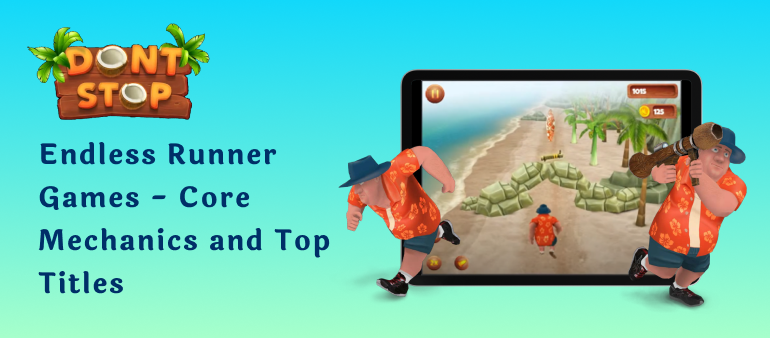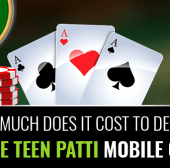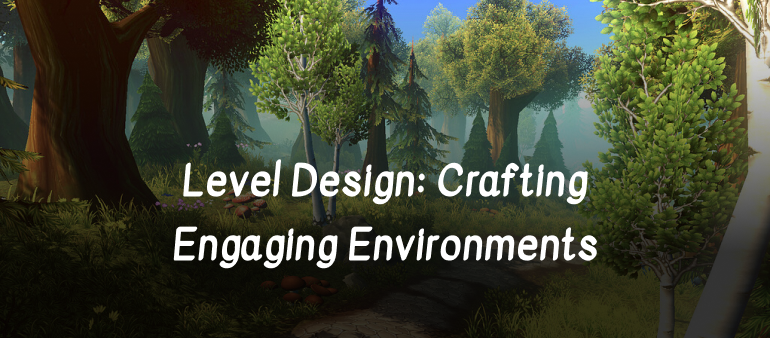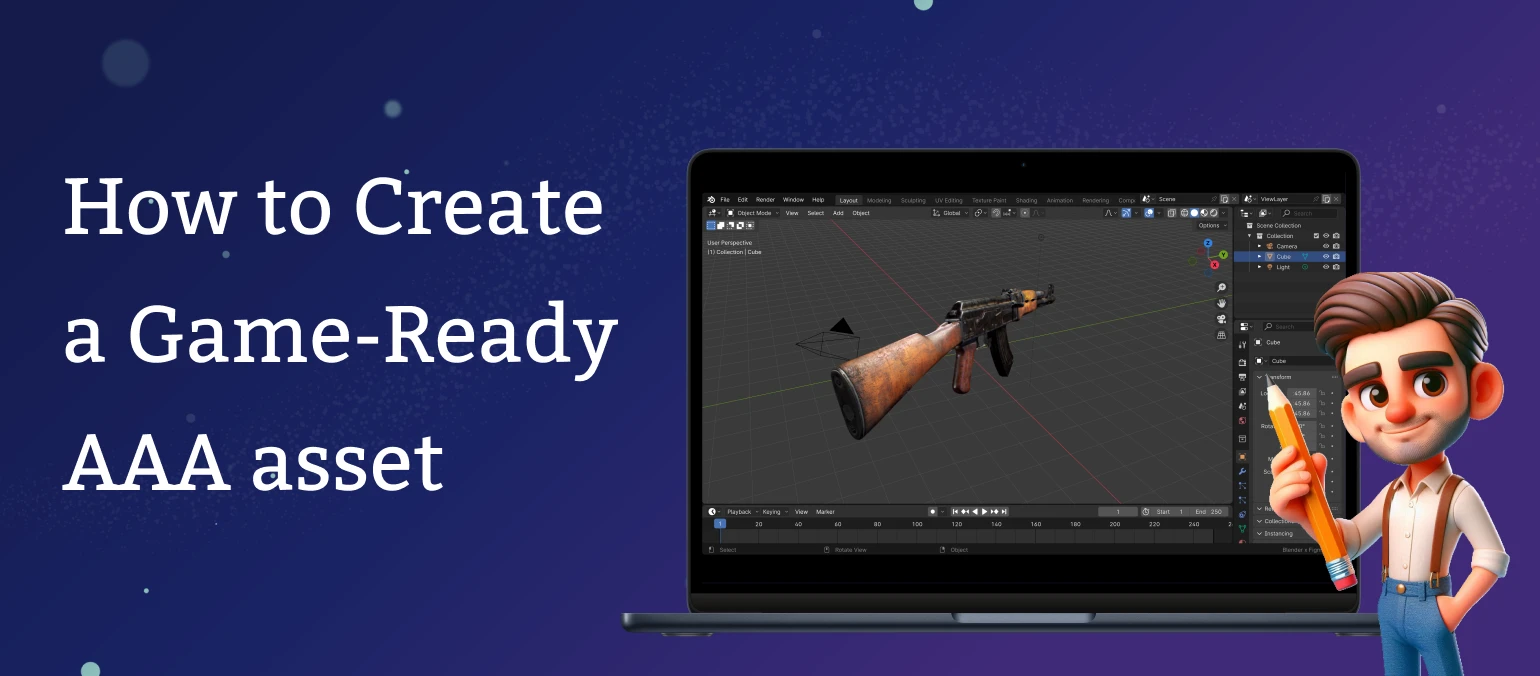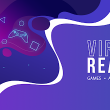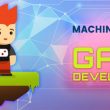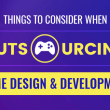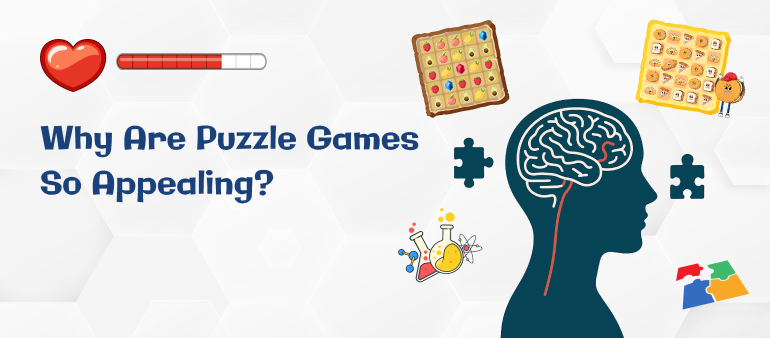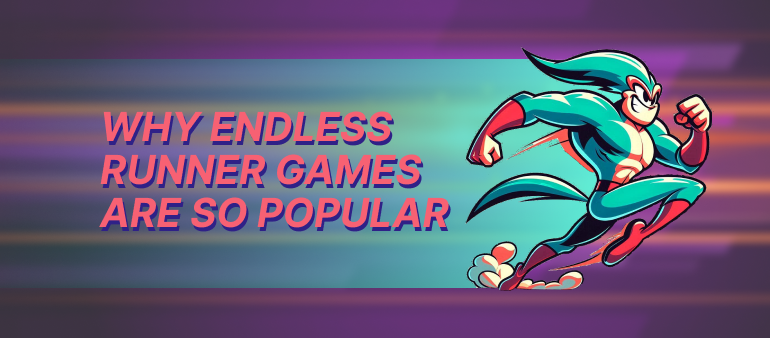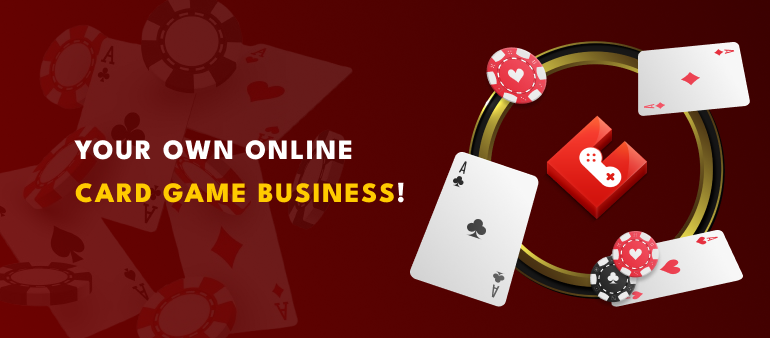Designing a game sounds like a perfect dream job; getting paid to live in your own imagination and thinking about different worlds that other people will experience with excitement. Of course, implementing those ideas into a final product is not as easy as one-two-three. There is a tremendous amount of hard work behind it.
In the following article, I am going to talk about how it takes to develop a game from scratch and the challenges faced by the designers through the development process.
A video game designer starts its development process with a game idea. A plan is prepared by a team of game designers, who address crucial information like target audience, storyline, time frame and budgets.
When the designers devise the theme and how the game will be played, this process involves planning and determining the game’s elements - its setting, storyline, rules, characters, vehicles, terrains, building, environment, interface design and different modes of play. Then comes the step when the designer works with the development team to produce the art assets and computer code to enable the game to be played.
In designing a game, there are several kinds of game concept designers each having a different role in developing a game. These different roles are necessary to fill every detail of the game and make the finished product as smooth as possible. By dividing up the task, the games can be completed faster that too, with high degrees of performance. While every development company is different, following are the most common examples of specialised positions that a game designer can embrace.
Level designer: Level designers are the ones who create exciting and fun levels. They place the enemies, props, objects, etc. through each level of the game. It is the job of the level designer to create levels, missions, or stages. If you ever jumped around a corner when a monster nailed you, and you found a specific advantageous spot to shoot from, know that somewhere it is the level designer who planned that experience for you. They do their best to assure that each situation is fun to play.
Game Artists: Game artists consist of concept artists, 3D modellers, animators, and FX artists. Generally, they develop concept art, 2D elements, give colour, action, and life to the game. Although the concept artists are active in creating the first look, they might be involved in the later stage of the game development process in order to add new features into the game.
Art Direction: Art direction refers to the project’s overall style. They play a pivotal role in each stage of the gaming projects, from constructing concepts to managing production. They work with 2D/3D artists, modellers, animators, etc. in order to coordinate all visual images that will be used in the game. The game designers who are in charge of the direction makes sure that every art asset looks like it belongs to the world of video games. They make sure that all the artwork matches the theme and nothing feels distracted.
Programming: Every video game builds on code that brings the game to life. Programmers are also further divided into categories because comprehensive coding is needed for each part of the video game production. The game programmers could be liable for anything from controlling the speed at which the character runs and how high or low they jump, how often the enemies will appear and when, and how they will respond when attacked. So, they introduce the game mechanics, build the user interface, add graphics and music, whilst designing the required algorithms that help in run the game smoothly.
Character and story writing: In recent years, the cinematic games where the story takes centre stage have become popular. Often games require a team of writers to complete the thousands of sentences necessary on a video game project. And video games without detailed stories have lots of writing. Good gameplay and storytelling now go hand in hand. They are now considered a vital ingredient for creating a highly immersive and engaging game. Each object that the gamer experiences has a lengthy description that adds to the lore. They are also writers who specialise in creating characters through the course of the story. To keep the players engaged with the tale, these roles are extremely essential.
Sound designers: One of the hallmarks of good video game design is audio. Games become boring and end up losing all their impact without sound. So, sound designers record sound effects that render the on-screen actions more credible. They begin their work by studying the story, collecting as much information as possible about any music or sounds it calls for. Sound designers create atmospheres, sound effects, sonic textures, and cinematic atmospheres that create the story’s naturalistic and abstract environments, along with the user’s emotional and dramatic relation with the performance.
Animators: Finally, a team of animators capture the motion and reaction of every character or object in the game world. They can work with both 2D/3D artists and bring life and dynamism to the static object or characters. Animators add emotion, personality, and realism to the game. As the sequence is captured, animators are the charge of the movements, and they will use specialized software to put elements of the animation together. Maya, Blender, 3ds Max, Cinema 4D, Flash, Photoshop are some of the most sought after skills in animation design.
Making of the game from scratch
The game development is the process of designing the mobile or video game from scratch to actual game - a process where the whole team of designers, artists, programmers, etc. are involved in the process.
Concept development: The designer starts development of the game with a story. The game concept designers, with their creative imagination, develop a story that is entertaining and well-paced. They discuss the ideas to the rest of the team working on the game. Planning the concept of the game is more than just a vague story idea. It includes gameplay, layout, characters, maps, storylines, scenarios, and other details. It is important to have a detailed explanation of these concepts. For instance, designers have to decide what weapons or special powers the character will have and how quickly the character powers will grow as the game progresses. They must be detail-oriented to come up with ideas at this stage.
The designers write all the information related to the game in a document known as Game Design Document (GDD). It is like a blueprint, and the team and the designers can follow during the course of the game development. Everything from the game mechanics, the story of the game, characters, timeline, sketches, etc. are included.
You may also read: Difference between game design & development.
Design and prototyping: This is the stage where the designer’s crazy ideas become a bit more refined. Through all their thoughts, they start weeding, determining which ones are feasible, which ones are not suitable for their target audience, and so on. The team often starts with paper designs to test theories. Prototyping is rough, it’s messy and totally raw. A prototype is a raw test that checks the user experience, gameplay, functionality, art direction, etc. The designers get a rough idea of whether the particular game idea will work or not. The goal is to get a prototype up and test the ideas whether they are actually working and if the game is as fun as they hoped.
Development: This is the stage when the ball starts to roll. In the mobile development process, the designer's idea no longer remains the idea but starts taking the shape of the actual game. At this point, different teams within the game development will be engaged, i.e. developers, artists, and the testers.
The team of designers will have to work closely with all these various teams to ensure that the idea they have in their mind is brought to life just how they want it. For this, the team of developers are ready to tackle the whole project from scratch. This is where the developers will start integrating it into the game engine, working on the actual models that will be used in the game.
Now comes the team of artists. There will be many creative elements that the art team will have to take care of when creating a game. This involves the user-interface of the game, environment designs, character designs, modelling, animations, and much more, depending on the type of the game. The art team creates all these in an art style related to the game's main idea and the design built around it.
Testing: Testing is the most important step in the game development process. It helps to make sure that the game is running smoothly and efficiently. Every feature as well as a mechanic in the game, gets tested for quality control. Testing can also help in raising issues that are related to player’s engagement, glitches or bugs. The quality assurance (QA) team plays the game numerous times, writes up detailed bug reports, and takes note if there are any crashes. This is a long but important phase, as gamers are less likely to play games filled with errors or bugs, even if it is for free.
Marketing: Towards the end of the game development process, the marketing process begins on as many relevant portals as possible. One can either create a website for the game or can promote using social media in order to advertise it. Users get to enjoy the fruits of the thousands of hours that went into creating the game!
Challenges a Game Designer Faces in Game Development
Following are the game design challenges that usually occur from time to time and emerge in the game development process:
Unique concepts: To come up with an exceptional idea is an initial challenge. It might seem an easy job, but actually, it is the most difficult task. Presently, there are various games available and thinking out of the box is quite challenging. This is because the current gaming ideas influence the thinking process again and again, which therefore prevents the designers from thinking new and coming up with unique ideas.
Avoid feature creep: It is often seen that the designers begin with a concept in mind that is the core of the game. But sometimes they end up creating a complex game that does not really fulfil its motive and gets lost with other various features and functionalities. In order to avoid this problem, a designer needs to have a blueprint of the game development project. This will help them to keep creeping in the right direction.
User retention: Apart from the challenge of attracting a user it is equally an essential challenge to retain the users as long as possible to meet the sales requirements. This is tricky and honestly, the aspect that makes the designers the dominator ones in the gaming space. To overcome this, the approach that works is by adding a uniqueness aspect in the game. Simultaneously it is also imperative that the games should be simple and easy enough so that it can reach almost every average user and hit the kind of traffic they want to reach.
Not keeping GDD up to date: As the designer moves forward with the development process, the game design is expected to undergo a number of changes. Some things might change, whereas many things will drastically change. Many designers make the mistake of not updating their GDD on the basis of the changes made. This becomes a problem once they move forward in the development process. So, no matter what the changes are, it is crucial to keep the document up to date.
We at Logic Simplified have an expert team of developers highly skilled in various technological skill sets like Unity 3D, Cocos 2D & 3D, Cocos2D-X, and so on. Our team is well updated with the latest technology to give wings to your vision and use our artistry to develop a product from which you can get complete satisfaction. If you are planning to make a video game or a mobile gaming app, you can hire game designer from us and we will keep you fully covered! We ensure to support you right from the planning phase to the stage where the game is developed by our competent developers and provide continuous support as well. For any query related to game development services, please contact us here or write to us at enquiry@logicsimplified.com
 Get a Quote
Get a Quote

